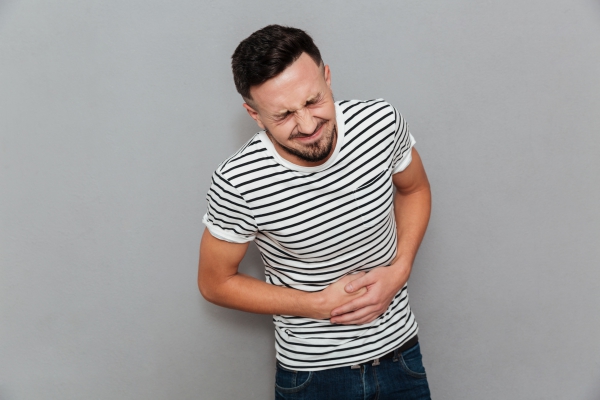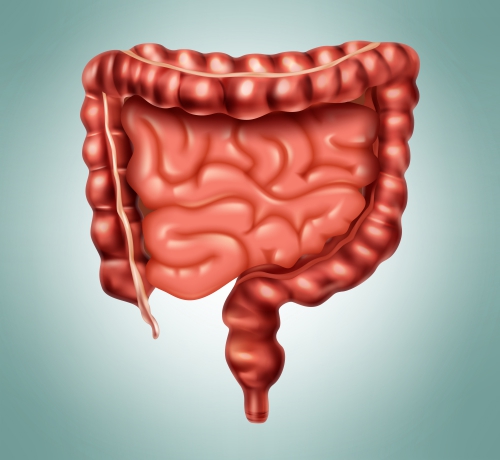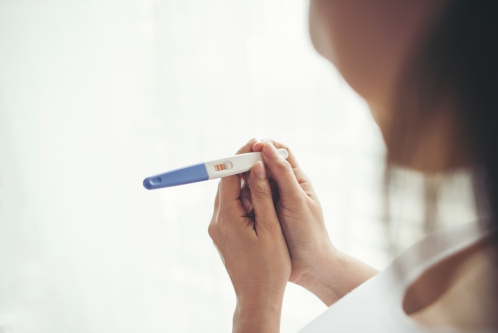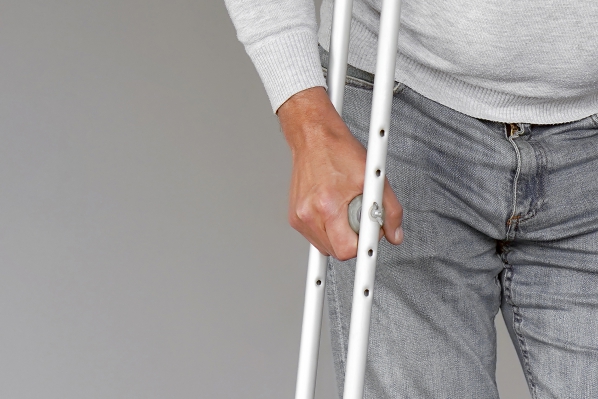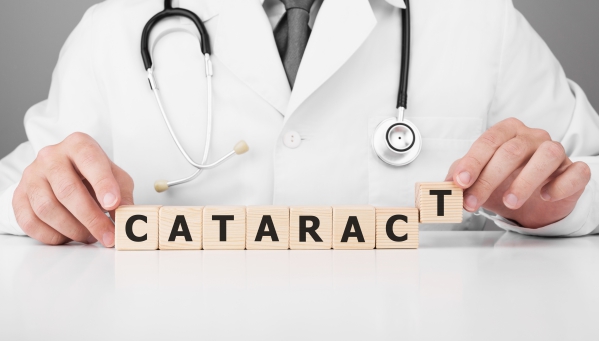What is peritonitis?
Peritonitis is the inflammation of the peritoneum that is usually caused due to a bacterial or fungal infection. The peritoneum is a silk-like membrane that lines the abdominal cavity and covers the organs within your abdomen. The 2 main types of peritonitis are spontaneous bacterial peritonitis and secondary peritonitis. Spontaneous bacterial peritonitis may develop as a complication of kidney disease or liver cirrhosis. Secondary peritonitis often results from perforation or rupture of the bowels which allow spillage of microorganisms and chemical irritants such as gastric contents.
Peritonitis is a life-threatening emergency that requires immediate medical attention. The management of peritonitis mainly involves the use of antibiotics to kill the bacteria and in some cases, surgical procedures. Spreading of the infection throughout the body is one major life-threatening complication of peritonitis.
What are the causes and risk factors for peritonitis?
There are several causes and risk factors for peritonitis, these include:
- A perforated colon, ruptured appendix or stomach ulcer: These conditions may enable bacteria to get into the peritoneum due to a hole in the gastrointestinal tract.
- Medical procedures: Several medical procedures such as inserting feeding tubes, removing accumulation of water within the abdomen or as a complication of a colonoscopy.
- Diverticulitis: This is an infection of small, bulging pouches in the lining of your intestines which may cause peritonitis if it ruptures, spilling intestinal waste within the peritoneum.
- A history of peritonitis: If you have had an episode of peritonitis in the past, you are at an increased risk of developing it again in the future.
- Trauma: an injury or trauma to the abdomen may facilitate the entrance of bacteria into the abdominal cavity, resulting in peritonitis.
- Advanced liver cirrhosis: This condition causes a large amount of fluid to accumulate into the abdominal cavity which is redisposed to bacterial infection, resulting in peritonitis.

What are the signs and symptoms of peritonitis?
The signs and symptoms of peritonitis include:
- Fever.
- Abdominal pain.
- Abdominal tenderness.
- Feeling of fullness in the abdomen.
- Loss of appetite.
- Thirst.
- Diarrhoea.
- Nausea.
- Vomiting.
- Fatigue.
- Altered mental status or confusion.
- Inability to pass gas or stool.

Making a diagnosis
To make a diagnosis, your doctor will first take a detailed history from you to know more about your symptoms. After the history taking, your doctor will perform a thorough physical examination to look for signs of peritonitis. To confirm the diagnosis, your doctor will order some tests and these include:

- Laboratory studies: A Complete blood count is done to assess for the white blood cell count which is usually elevated in peritonitis. In addition, your doctor may ask your to perform other laboratory tests to confirm the diagnosis or rule out other condition and these include a prothrombin time (PT), partial thromboplastin time (PTT), international normalized ratio (INR), liver function test (LFT), procalcitonin level, amylase and lipase levels.
- Urinalysis: A urinalysis is used to rule out any urinary tract diseases such as kidney stone or kidney infection.
- Stool examination and culture: In people with diarrhoea, a sample of stool is taken to be analysed in order assess for the presence abnormal pathogens.
- Radiography: Radiography of the abdomen is done to look for findings which could point towards peritonitis.
- Ultrasonography: Ultrasonography is the use of sound waves to produce images of the contents of the abdominal cavity in order to determine the cause of peritonitis. However, due to abdominal pain and discomfort during the ultrasonography, the examination is limited.
- Computed tomography (CT) scan: A CT scan of the abdomen is warranted in cases where the diagnosis cannot be establishes on clinical grounds and the findings on the abdominal plain films.
- Magnetic resonance imaging (MRI) scan: An MRI scan of the abdomen is especially useful in suspected case of intra-abdominal abscesses. However, this imaging technique cannot be used in cases where the person is critically ill.

What are the treatments for peritonitis?
The treatment of peritonitis mainly involves antibiotics and surgery. Antibiotics are used to fight off the infection by killing the bacteria. The duration and type of antibiotics used depend on the severity and the type of peritonitis you have. There are antibiotics which treat a wide spectrum of bacteria until doctors have more information about the specific bacteria that is causing the infection. This information is usually obtained following culture of the fluid or pus inside the abdominal cavity. Then, your doctor may give you specific antibiotics which are best suited to kill the offending bacteria.
Surgery is required when there is need to remove infected tissue, treat the underlying cause of the infection and prevent the spreading of the infection- by repairing any perforated bowel, stomach ulcer or ruptured appendix.
In addition to antibiotics ad surgery, pain killers may be given to relieve the pain associated with peritonitis. Furthermore, oxygen via face, intravenous fluids and blood transfusion can all be given to help the affected person fight against peritonitis.
What are the complications of peritonitis?
If peritonitis is left untreated, it can spread the infection throughout the body and this condition is known as sepsis. Sepsis is a life-threatening condition that progresses rapidly, resulting in low blood pressure (septic shock), organ failure and ultimately death.

Expectations (prognosis)
Over the past decade, there has been a significant reduction in harmfulness of the condition and mortality related to intra-abdominal sepsis due to a combination of better antibiotic therapy, better and more aggressive intensive care and early diagnosis with a combination of operative and medical procedures. Unfortunately, the mortality rate of peritonitis is 30-50%.
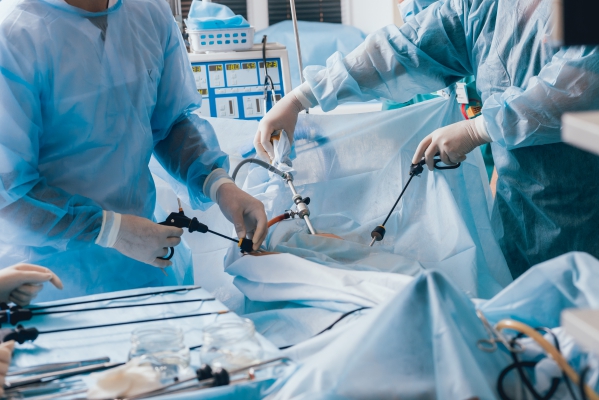
Source:
J. Alastair, I. and Simon, M., 2016. Davidson's Essentials of Medicine. 2nd ed. London: ELSEVIER.
Parveen, K. and Michael, C., 2017. Kumar & Clarks Clinical Medicine. 9th ed. The Netherlands: ELSEVIER.
Daley, B. 2019. Peritonitis and Abdominal Sepsis.
Lata J, Stiburek O, Kopacova M. Spontaneous bacterial peritonitis: a severe complication of liver cirrhosis. World J Gastroenterol. 2009 Nov 28. 15(44):5505-10.
Ross JT, Matthay MA, Harris HW. Secondary peritonitis: principles of diagnosis and intervention. BMJ. 2018 Jun 18. 361:k1407.
Marshall JC. Intra-abdominal infections. Microbes Infect. 2004 Sep. 6(11):1015-25.
